Scuba diving along Spain’s Costa del Sol? It has taken us by surprise — and I have Joey’s surprised underwater selfie to prove it.

Costa del Sol or “Sun Coast” is a region in southern Spain that ranges from Nerja to Estepona. The coastline rests at the mouth of the Mediterranean just past the straights of Gibraltar and stretches 150 kilometers across the province of Málaga.
With over 300 days of sun every year, Costa del Sol is a popular tourist destination and highly desired location not just for the hot dry summers but also for the mild winter seasons. The region is rich in cultural heritage, exquisite coastlines, and golden beaches to appeal to everyone’s tastes.

Looking for your next travel destination? Plan your Spanish adventure enjoy the diving and culture that this European country has to offer. Whether you travel for beaches and sunshine, or city tours these Spain holiday packages offer a beautiful selection of activities for solo travellers or small groups.
The main resort towns of the “Sun Coast” are Torremolinos, Benalmadena, and Fuengirola, all of which can be found in relatively close proximity to a large airport.
When it comes to dive-focused destinations, Spain’s Costa del Sol is definitely not at the top of anyone’s list – in fact, some people can’t even point to the region on a map!!! However, being located on the Iberian Peninsula and having an extensive coastline where the Mediterranean sea mixes with the Atlantic ocean, anyone can imagine that Costa del Sol would have good diving.
I mean just look at that sun-kissed coastline and white sandy beaches:

Not only are the coast and beaches a sight for sore eyes, but the waters are packed with colorful macro life, tonnes of plants and big-time fun. Generally, the visibility can range from 10 meters (33 feet) to 30 meters (98 feet). Divers can explore the abundance of life and seascapes such as walls, beaches, cliffs, caves, canyons, chimneys, and tunnels.
For those hoping to dive some sunken boats, given the proximity of Gibraltar, a rocky and passage separating the outer Atlantic ocean from the Mediterranean sea, shipwrecks are frequent along the “Sun Coast”.
Sought-after dive locations in the Costa del Sol region include Tarifa, Gibraltar, the National Marine Reserve of La Herradura and Almuñecar, Mogacar, and Garrucha.
Costa del Sol covers quite the extensive coastline, and as much as Joey and I would have liked to spend a couple of weeks diving in various areas of this location, logistically, we couldn’t make it happen.
Instead, we settled for a quick dive weekend to the north of Costa del Sol, in a small village called Torrox.
Our day of diving started at 9 AM at the dive center storefront. Here, we assembled our scuba gear and loaded everything into the dive vehicle for transportation to the shore diving site. Today we would be diving Marina del Este (also called Marina Bay), just 30 minutes from the shop.
Located between ocean and mountain, Marina del Este is a quaint little bay in the town of La Herradura. Thanks to its relatively sheltered cove and surrounding rocky breakwater, the bay house a busy marina as well as a popular beach.
For divers, Marina Bay is a favorite diving spot because of its accessibility, sheltered position, and easy beach entry. There are diving opportunities on both the east and west sides of the shoreline, and the depth ranges from 0 to 30 meters (0 to 98 feet).
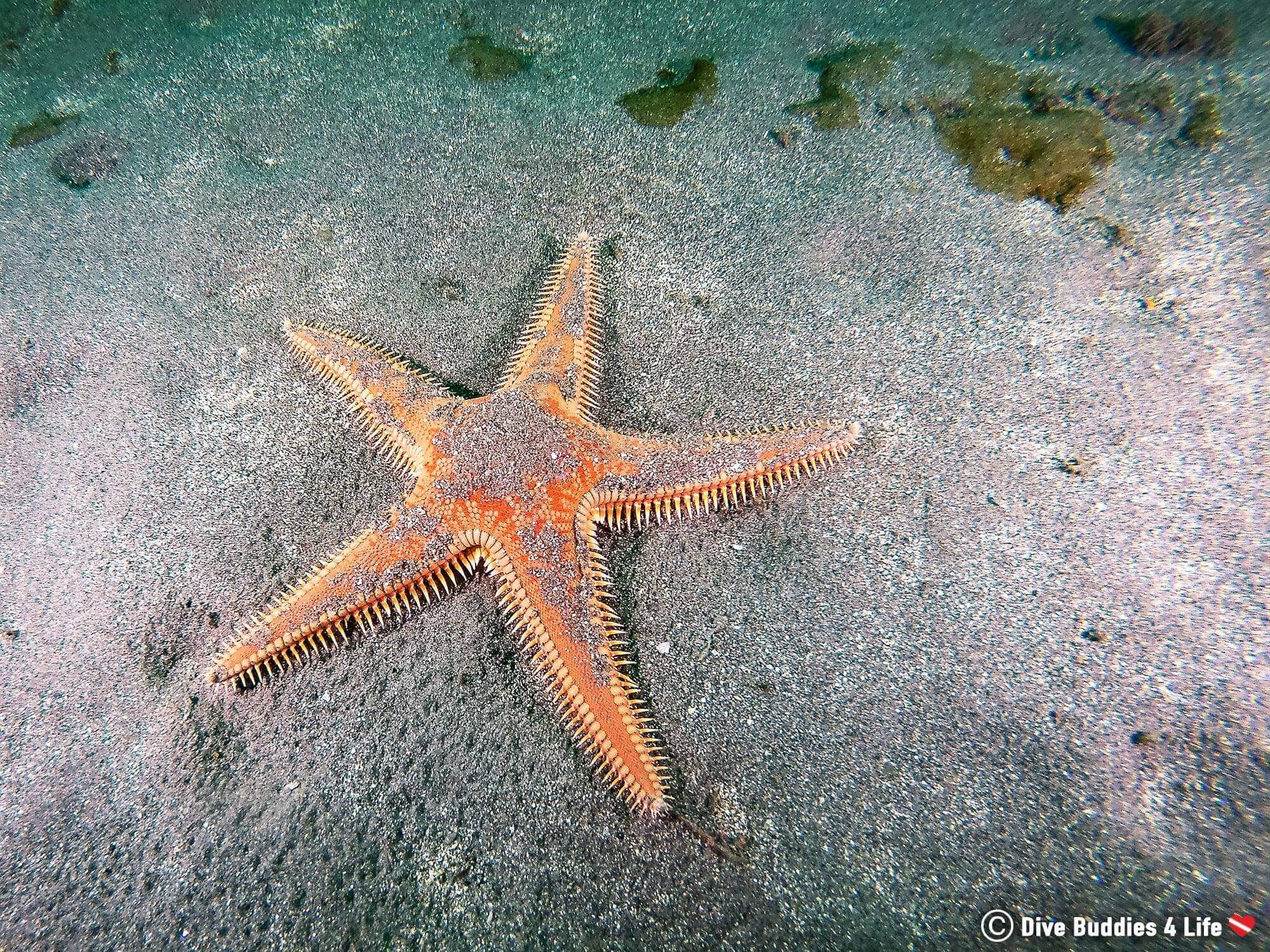
Encased in waterproof drysuits we happily waded into the water, strapped on our fins and did one final gear check. Mask on and regulator in, I ascended below the surface into Costa del Sol’s underwater world.
Following the dive guide, we swam east across the rocks and plant life descending deep off the cold shoreline. At about 6 meters (20 feet) the light penetration started to dissipate and the landscape changed from fields of small rocks covered in vegetation to massive boulders carpeted in soft coral and anemones.
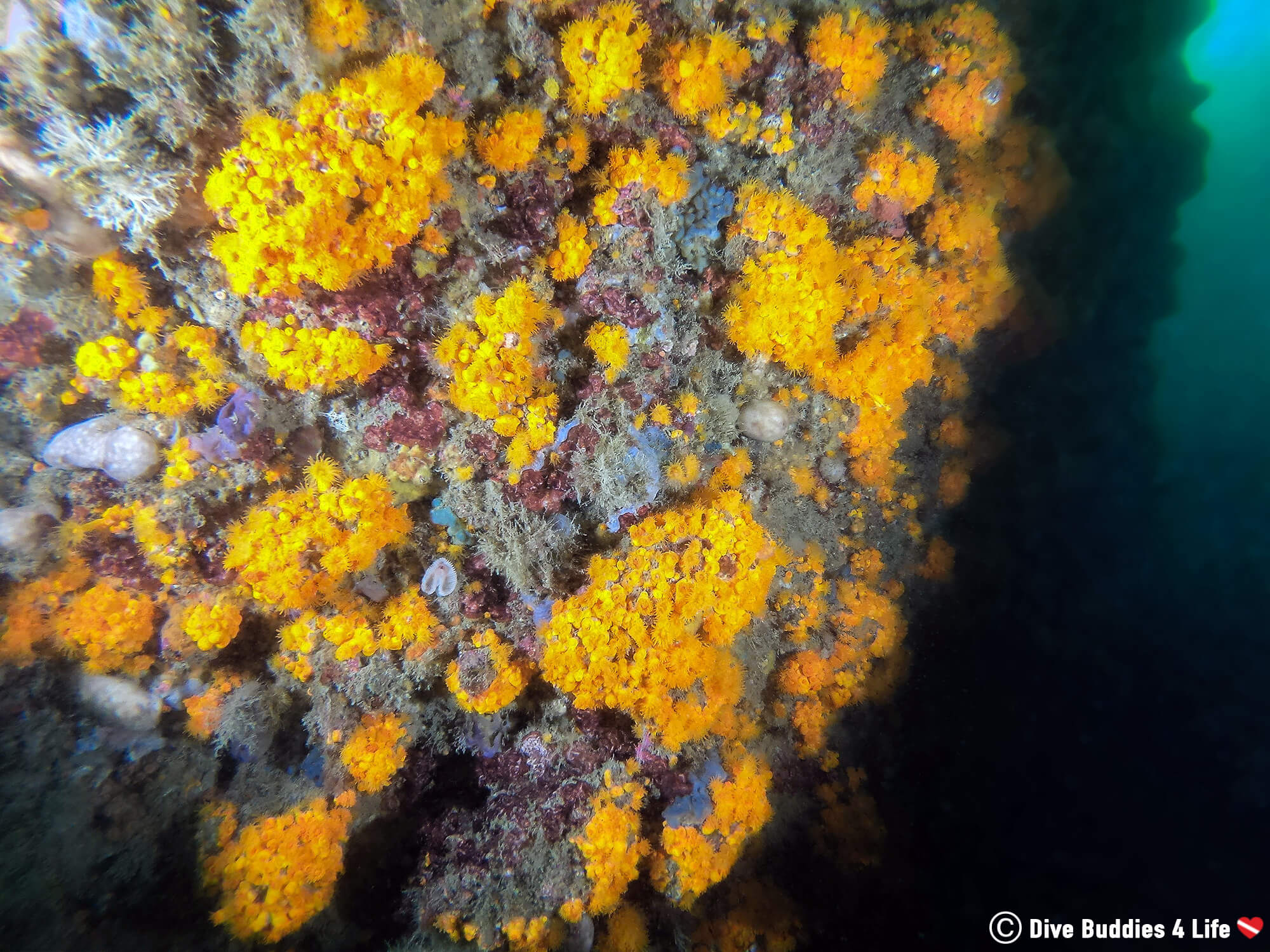
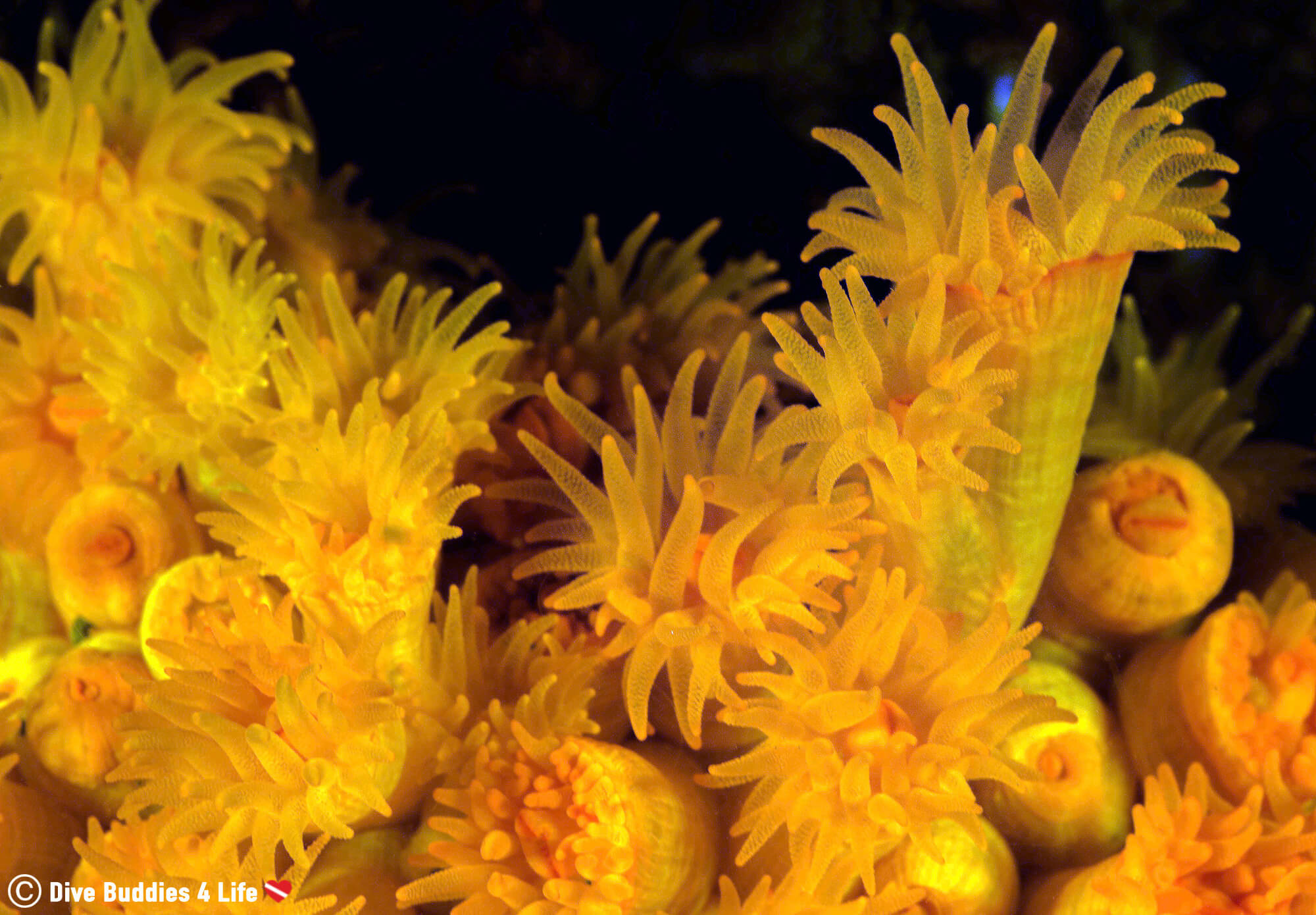
The animal life changed too – it got bigger and better!
Usually, I’m used to seeming nudibranchs slightly smaller than my pinky finger. This one was practically the size of a hot dog which is humongous on the nudibranch scale.
As a diver, I’ve come to learn that you never know what will happen when your underwater and today’s dive was a prime example.
As we rounded a bend to a rocky cave at the deepest point in our dive, I saw them – big-eyed, iridescently translucent and very wary of our presence. A pair of elusive squid about as long as my arm. What good fortune!
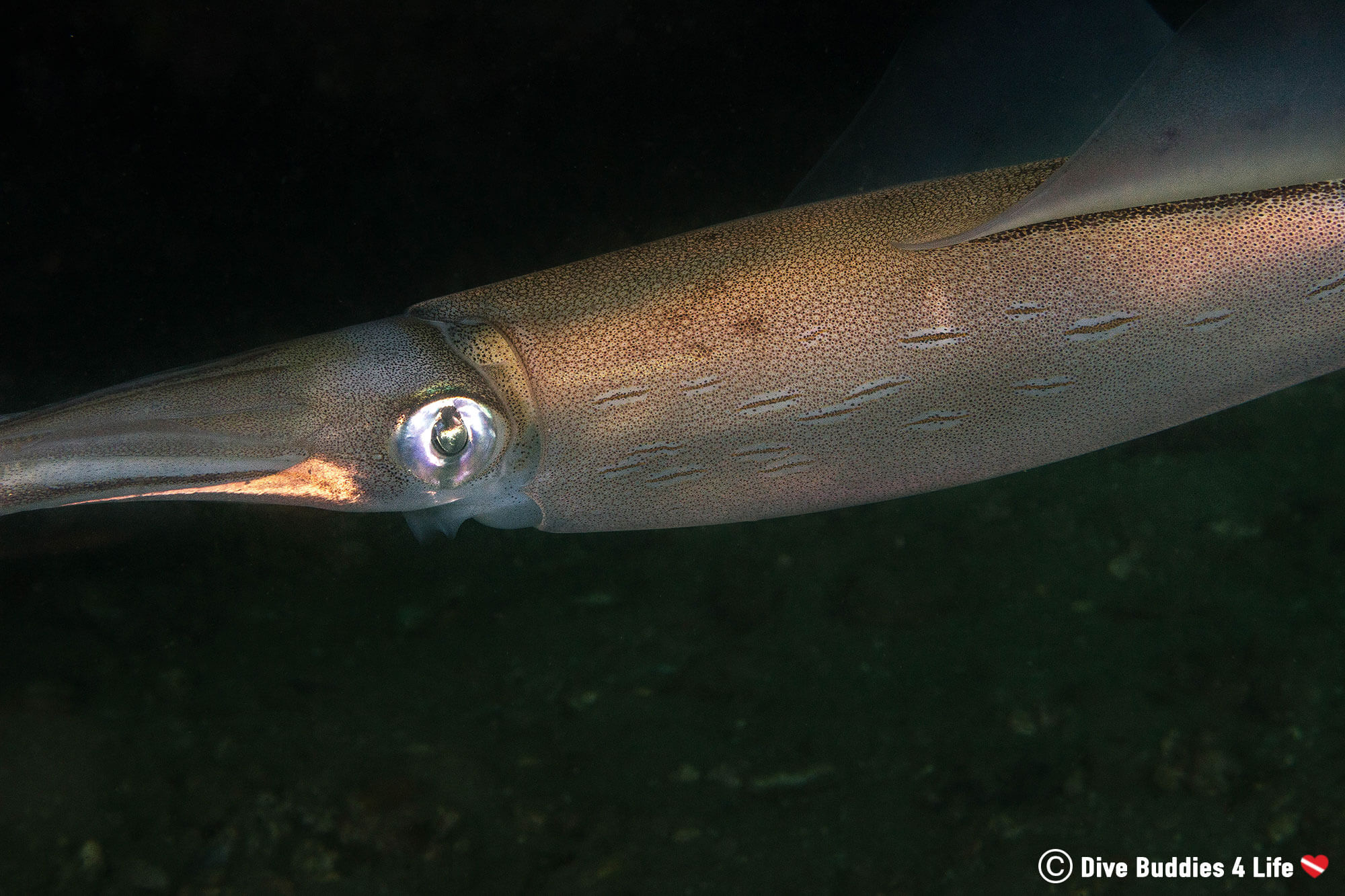
Slowly and carefully I dropped down to the bottom for a closer look, that is if they would let me. Being careful not to disturb any sand, I inched closer and closer. I didn’t expect to get close, after octopus and cuttlefish, squid are some of the more timid species of cephalopods, but they actually allowed me to get within touching distance before gracefully jetting off.
After our rare encounter with the common squid (loligo vulgaris), we headed back to shore, stopping more or less every two seconds when I saw a new and fascinating creature.
We finished the dive with a safety stop in the shallows, before breaking the surface.

Following a tank swap and quick surface interval, we were back in the water, this time diving the west side of Marina Bay.
Much like the first dive, at the surface it was hot, and we were happy to get in and under the water. Because of the high volume of people that happened to be diving the area, the visibility on this dive was not as astounding as on the first. Mediocre visibility aside, I was still overwhelmed by the number of critters to photograph, and once in the zone, there was no stopping me.
The short list of fish that could be spotted at this dive site includes wrasse, sardines, stonefish, mullets, and blennies.

But wait, there’s more.
Besides the fish, there was also a handful of spineless invertebrates, though none as exciting as the ones we saw on our first dive. Octopus, nudibranch, sponges, anemones, tube worms, sponges, crabs, and starfish all made their presence known in kaleidoscopes of reds, browns, greens, and blues that quickly caught my eye as I drift through the dive.

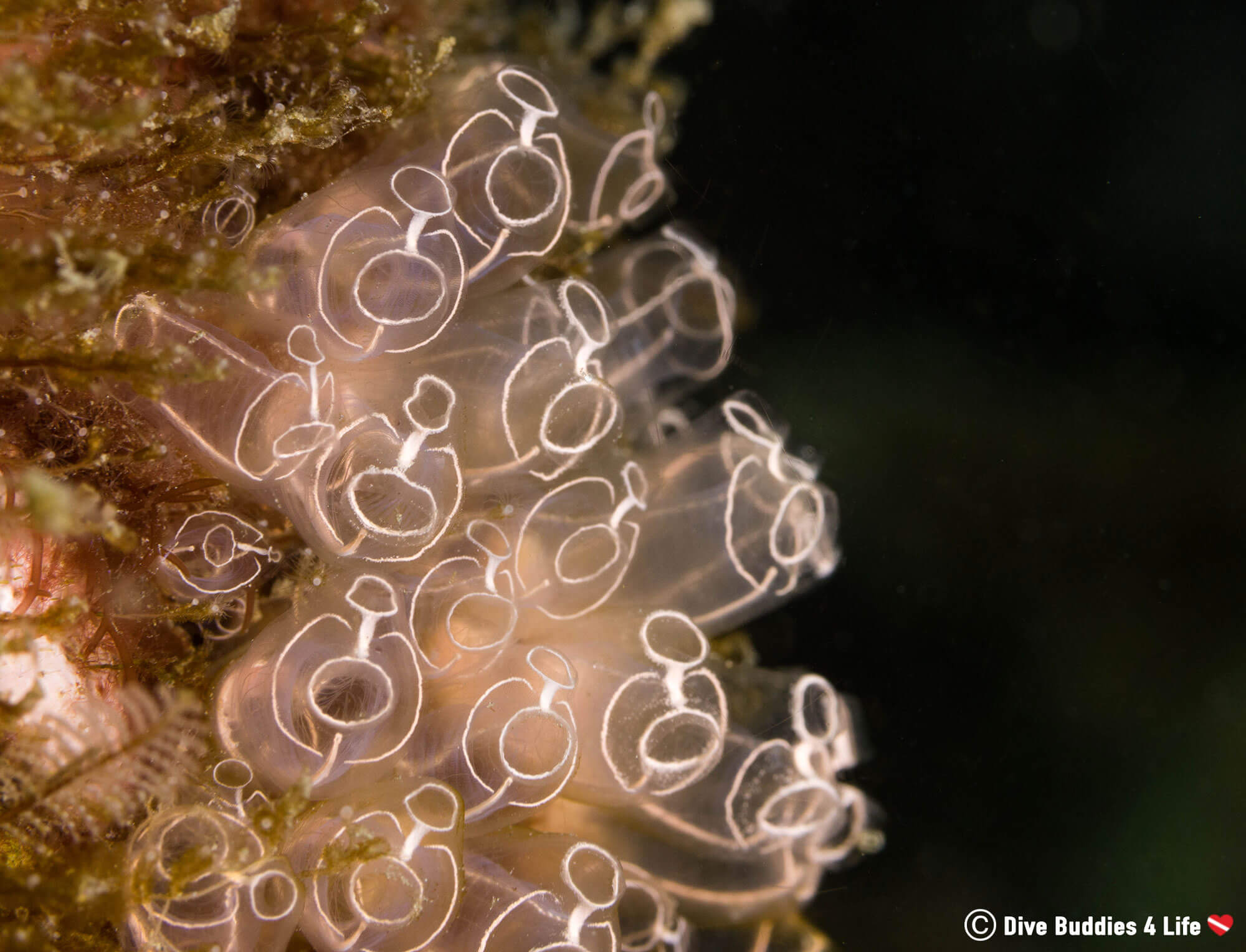
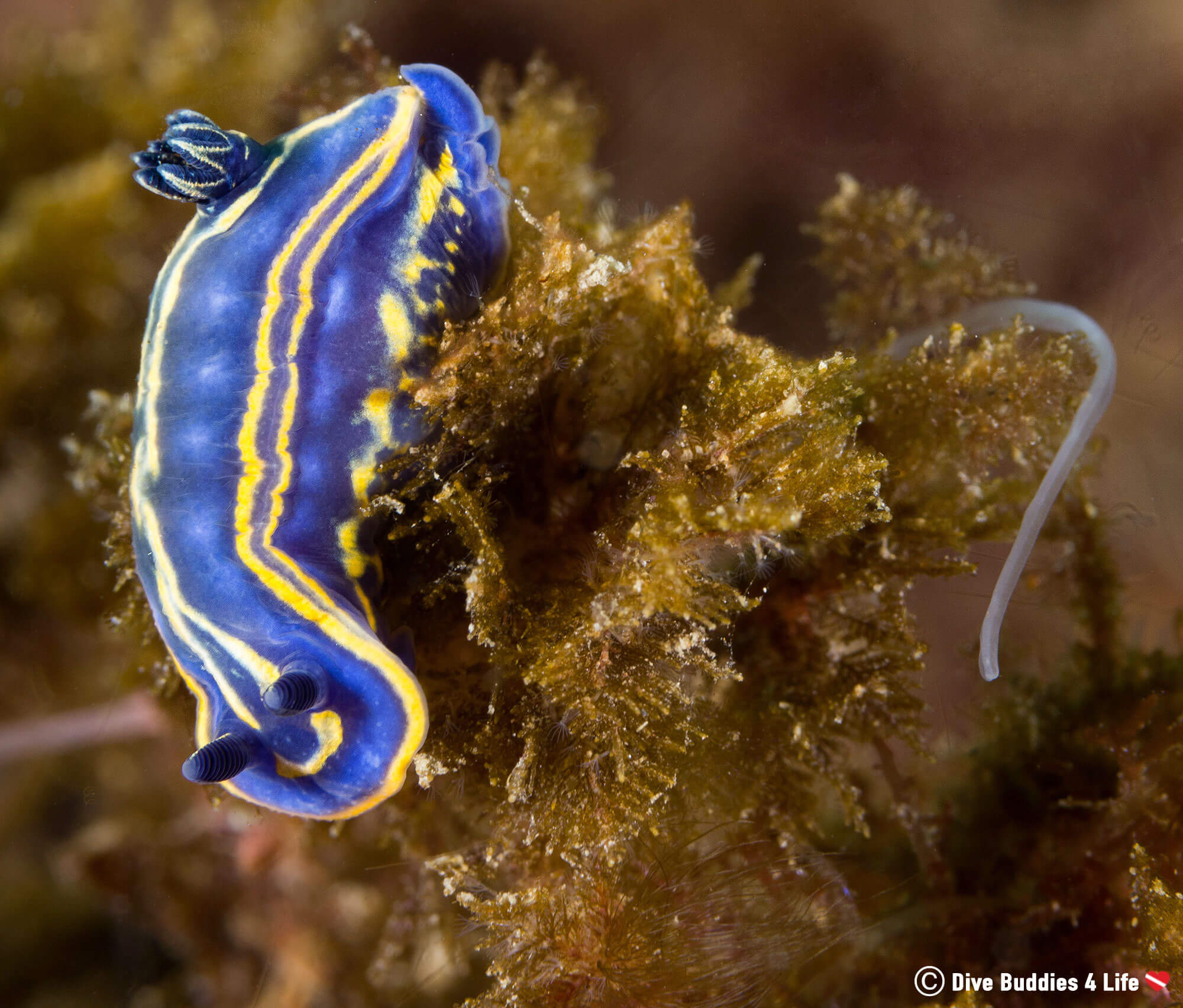
I enjoyed the diversity colored shore of Costa del Sol for a few last minutes before saying goodbye to the underwater world and slowly heading for the surface.
After two dives in Costa del Sol, both Joey and I wholeheartedly agree that this spot was our favorite place to hit the water on mainland Spain.
As our experience has shown, thanks to the mixing of the Mediterranean sea and the Atlantic ocean, the diversity of marine life found along this coast indeed surpasses expectations. From tiny little macro specimen to wide-angle pelagics, the flora and fauna are bountiful and if your lucky will let you get surprisingly close.
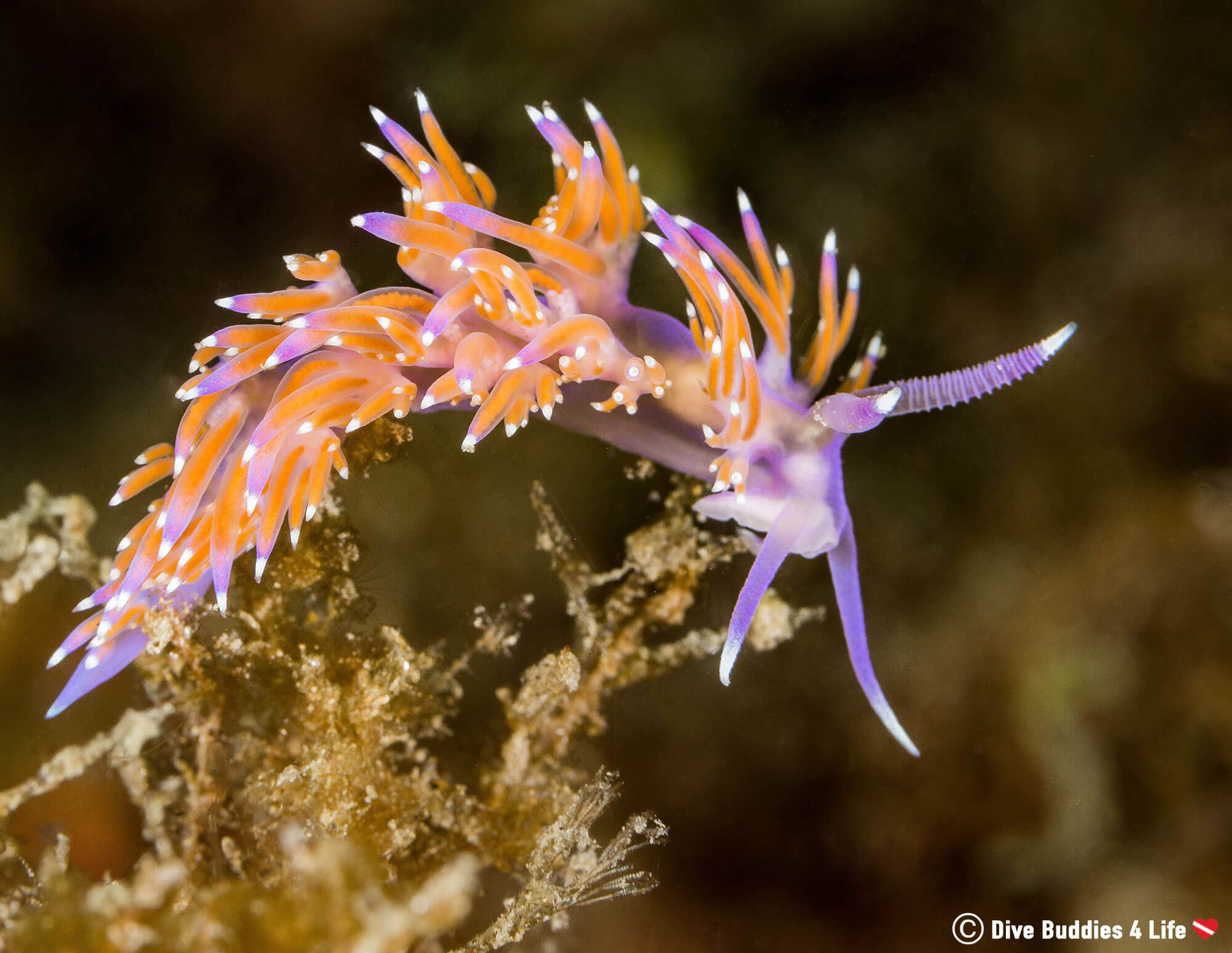
In addition to the astounding marine life, another reason we loved Costa del Sol so much was its ease of accessibility. The region has many fantastic shore diving sites, suitable for all levels of divers, that can be reached via car. This ultimately means that if you have all your own gear (or only need to rent tanks and weights) diving can be very reasonably priced and done at your own leisure.
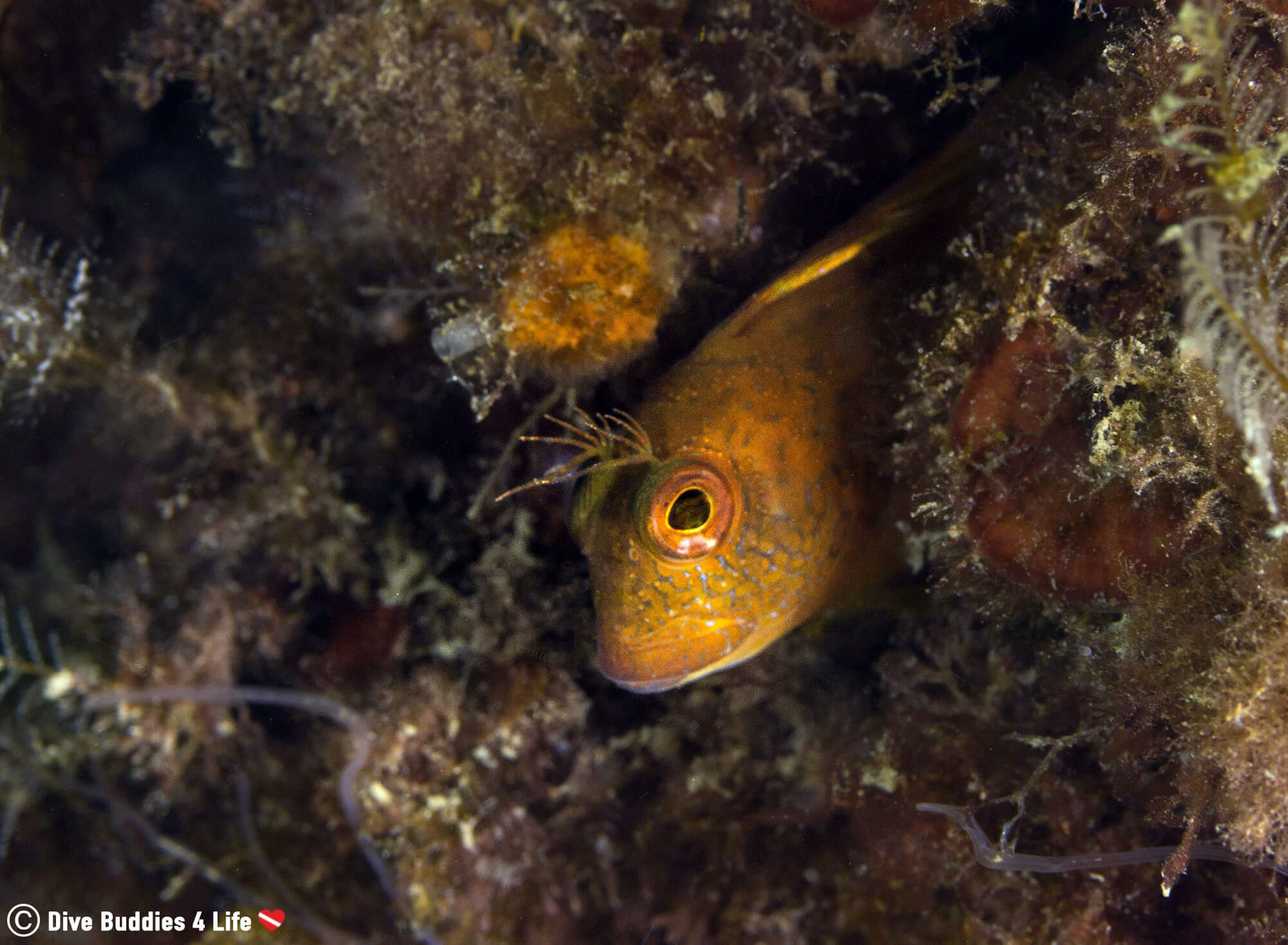
Thank you, Costa del Sol, for the short but sweet weekend filled with sunshine, beautiful scenery and most importantly scuba diving!
Have you ever ventured to southern Spain’s sun coast? What did you think of the beaches, the water and the amazing climate?
Writers Note: This post may contain affiliate links. We will make a small commission if you make a purchase through one of these links, at no extra cost to you. See full disclosure and disclaimer policy here.

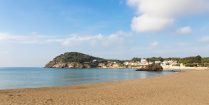
The Mediterranean oasis of Spain's Costa Brava is a delight for divers. With wreck dives, shore dives and wall dives just off the coast, to truly explore this destination you must take to the sea.

For land loving travelers, Portugal has got it all, but if you are a scuba diver, this beautiful European country can easily fly’s under the radar. Pending the cooperation of the tides, wind, and weather, there are neat things to see and plenty of good macro life these cold and productive waters.
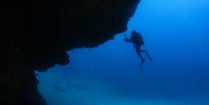
For fresh bubbles, magnificent viz and spectacular wildlife encounters, now is the perfect time to explore the volcanic island of Lanzarote.
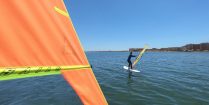
Trying to windsurf for the first time is no easy feat but a good place to start is on Spain's Mar Menor a sheltered lagoon well-known for watersports.
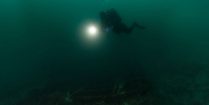
Backroll into to the cold water world of Portugal's Berlengas Island Natural Reserve. Located off the coast of Peniche, this underwater paradise will have you have you gurgling with excitement into your regulator.
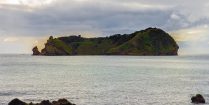
Who would have thought that resting in the middle of the Atlantic ocean, the Azores would be a top Portuguese diving site? With nine volcanic islands to choose from and a plethora of local and offshore diving, this up and coming hotspot is just waiting to be discovered.
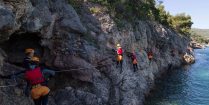
If you are an adrenaline junkie, who wants to avoid the crowds while traveling in Portugal, head to the Arrábida region of this country and try coasteering, an extreme sport that combines swimming, climbing, and cliff jumping.
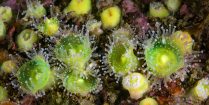
Who says cold water diving can’t be filled with color? Plunge into Carnac, France and explore the bountiful anemone gardens, intricate macro life, and delicate fragility below the surface.
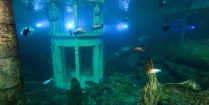
Bask in warm water bliss as you explore the tropical dive facility of TODI. From pufferfish to piranha let the flurry of freshwater color envelop you.

Some people go to Brussels for the waffles, others go for the impressive architecture scene. Scuba divers go to Brussels to dive in the Nemo 33 indoor pool.
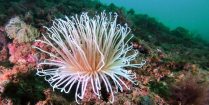
With thrilling shore dives, an amazingly sunny climate and marine animals coming from the Atlantic Ocean and Mediterranean sea, it's no wonder scuba divers are seduced by the underwater world of Costa del Sol.

1 comment...
Read 1 comment...